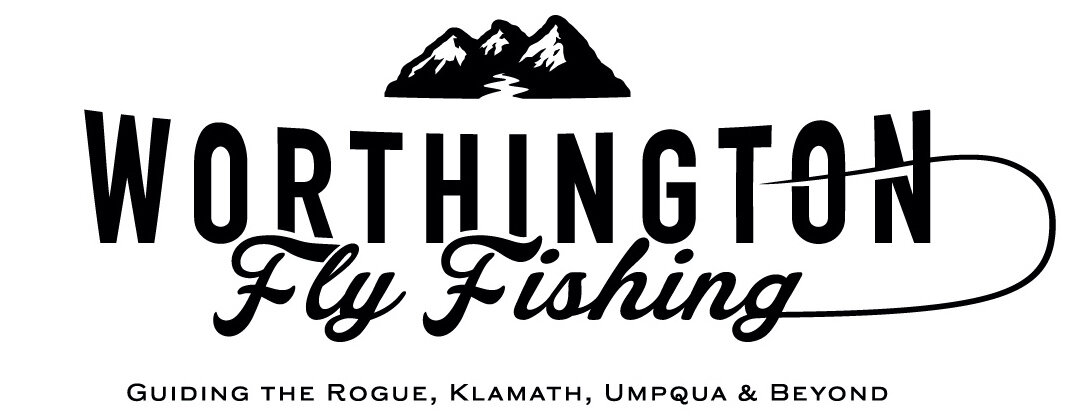The Klamath river has been in the news of late. Dam removal, imperiled fish, drought and the socio-political-environmental convergence here are launching the Klamath into the spotlight as it hasn’t been in 20 years.
In 2001, the Klamath faced a similar water predicament as it does today. Three competing interests for water, then, as now. They are:
Lake elevation for endangered suckers
Irrigation water for nearby agriculture
Consistent and healthy flows for endangered Salmon below Irongate Dam
Drought years in the Klamath basin typically mean water scarcity and friction between the three interests. 2021 is no different. The scarcity usually translates into only two of the three interests having their way. Winners and losers. It’s decided after much politicing and stakeholder wrangling, federal, state and private.
In 2001, after water allocation was all decided, the irrigation canal spigots were turned off so Upper Klamath Lake could maintain minimum elevation for suckers and to allow sufficient flows for Salmon down stream.
However, this verdict was not to last and then Vice President Dick Cheney visited the Klamath and arranged for the irrigators to receive a water delivery at the expense of tribes and fish. The lower river did not receive adequate flow that season and a horrific salmon fish kill ensued.
There is a major difference now, compared to 2021, even though the water allocation conclusion is the same. It is unlikely Dick Cheney will ride in and turn the Irrigators’ spigots back on for the project, so flows should not decrease through the river below the lake this year.
The Lake has barley enough water to maintain minimum elevation. Its debatable if flushing flows could or could not be delivered without detriment to the suckers. Their recruitment has been very low over the last many years in spite of elevations being maintained…
Disease numbers are very high below Irongate Dam this year, and the point of the flushing flows is to dilute the disease concentration which is at its highest when smolt out migrate. No flushes this year will lead to higher infection rates, and lower returns in a few years. However, even if there was some immediate change and a flush occurred, it was due several weeks ago for maximum efficacy. Much of the damage to smolt below Irongate Dam has already been done. Wild populations are much more resilient to disease at least, and the Klamath fish are as wild as it gets. The hatchery salmon stock is gonna have a rough time. No new news there.
It does appear that in-river flows through the canyons and below Irongate dam will be sufficient through the summer and fall. I see little change from normal for the trout reaches. Flows below Irongate should help ward against a dewatered river like in 2001, which greatly contributed to the fish kill event.
This year’s drought again increases the urgency of a swift removal of Boyle, but especially the Copcos and Irongate Dam. They are the primary perpetrators creating disease and algae plaguing the waters below Irongate Dam. Removal will allow cool, spring fed waters originating in the upper canyon reaches where we trout fish and greatly improve water quality down stream. With improved water quality in the lower reaches, flushing flows my no longer be as crucial for anadromous fish and lessen the pinch for water.
I’m still greatly optimistic about the Klamath, it has a very bright future ahead. In spite of the dreadful news for some parts of the river, is still as enchanting as ever in others.


